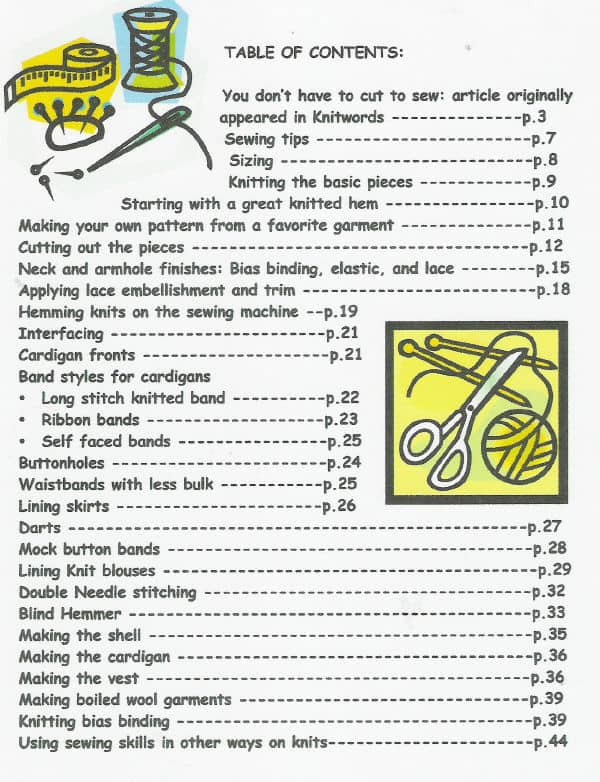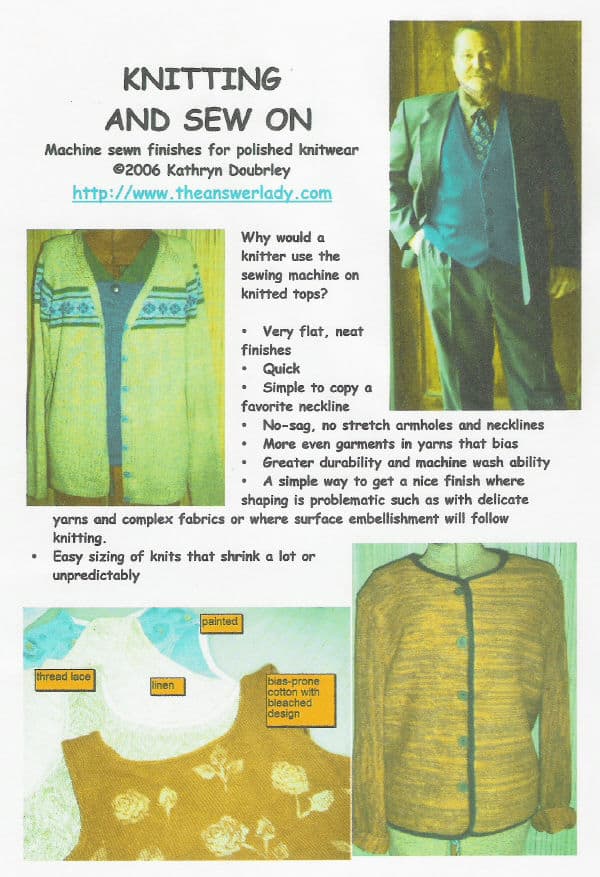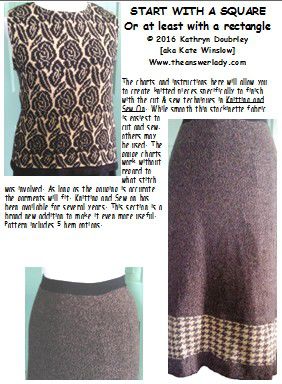| All sales are final......books are pdf files delivered via Ravlery. You need not be a Ravelry member to download. |
Click here for a Sewing only version of the pattern. Uses recycled sweaters, blankets or new wool fabric
A note about these Kangaroo pouch patterns:
I received a question about my liner instructions from a skilled seamstress. This lady correctly noted that stitching the liner first straight, then in a curve, seemed to be unnecessary. She is correct. An experienced seamstress can make the liner in one long, curved seam without a problem. If you feel up to it, go for it! The reason for the technique I described was to make the curve achievable for those who are less adept with the sewing portion of the project. Either method produces a useful liner so feel free to use what works for you. The same is true if you spot other refinements. The basic goals of the pouch are clear: a warm nest of certain dimensions that is strong enough to do its job and has changable liners for cleanliness. There are no points off for adjusting the method!
I received a question about my liner instructions from a skilled seamstress. This lady correctly noted that stitching the liner first straight, then in a curve, seemed to be unnecessary. She is correct. An experienced seamstress can make the liner in one long, curved seam without a problem. If you feel up to it, go for it! The reason for the technique I described was to make the curve achievable for those who are less adept with the sewing portion of the project. Either method produces a useful liner so feel free to use what works for you. The same is true if you spot other refinements. The basic goals of the pouch are clear: a warm nest of certain dimensions that is strong enough to do its job and has changable liners for cleanliness. There are no points off for adjusting the method!

 Book is for machine knitters
Book is for machine knitters

